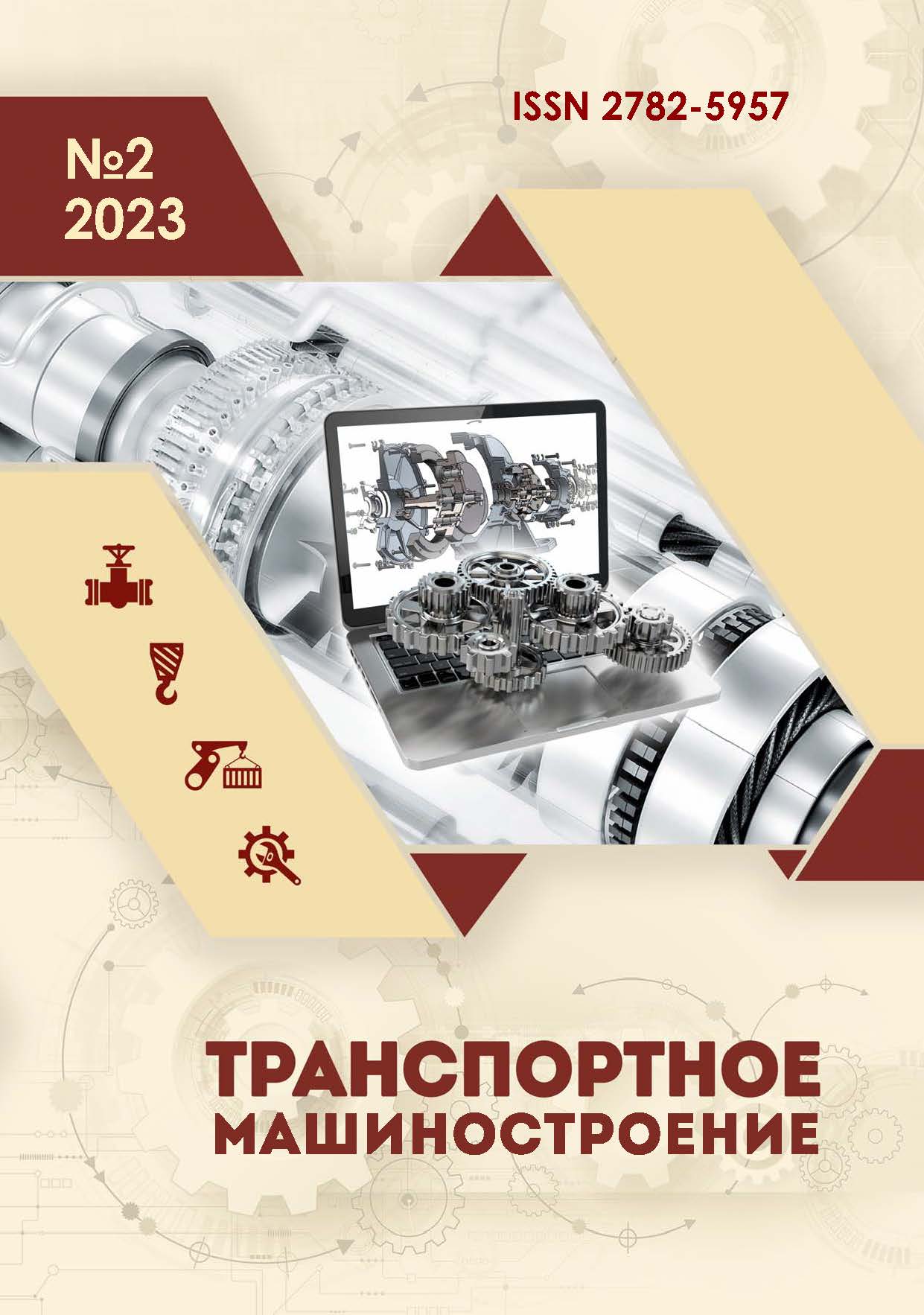Perm, Perm, Russian Federation
Perm, Perm, Russian Federation
Perm, Russian Federation
UDC 621.91
Russian Library and Bibliographic Classification 345
The paper is aimed at improving the productivity, quality and accuracy of manufacturing gas turbine engine parts and assemblies for the modern growing passenger aviation transport based on the use of technical capabilities of modern multiaxis CNC grinding machining centers. The paper shows the results of successful application of a five-axis CNC grinding machining center MFP-050.65.65 made by Magerle (Switzerland), which allows reducing by five times the number of operations, universal machines, special devices and cutting tools by increasing the number of machined surfaces for one set of nozzle blades of an aviation gas turbine engine. Simultaneously with a significant increase in the productivity of machining various multidirectional surfaces of the nozzle blades due to the use of new highly porous grinding wheels and rational modes of deep grinding, a higher burn-free quality of the ground surfaces is ensured and an important task is solved to increase the accuracy of the flow sections of the turbine nozzle apparatus with the combined use of CNC system and special software for correcting errors of part casting surfaces during their installation, turning and deep grinding of the base surfaces. The developed new technology of nozzle blades machining was introduced for the first time in the Russian Federation at the Aviadvigatel enterprise for manufacturing nozzle blades of modern newly produced gas turbine engines.
blades, turbines, cross section, grinding, surfaces, grinding wheels, errors, casting
1. Kozlov DA. PD-14 is created by almost all aircraft engine builders of Russia [Internet]. [cited 2014 Oct 15]. Available from: http://www.aviaport.ru/news /2012/04/16/233024.html.
2. Inozemtsev AA, Nihamkin MA, Sandratsky VL. Fundamentals of designing aircraft engines and power plants. Compressors. Combustion chambers. Afterburners. Turbines. Output devices. Moscow: Mashinostroenie; 2008.
3. Makarov VF. Modern methods of high-efficiency abrasive treatment of heat-resistant steels and alloys: textbook. St. Petersburg: Publishing house Lan; 2013.
4. Noichl H. CBN grinding of nickel alloys in the aerospace industry. Vancouver: Intertech 2000; 2000.
5. Poletaev VA, Tsvetkov EV, Volkov DI. Automated production of GTE blades: production engineer’s library. Moscow: Innovatsionnoe Mashinostroenie; 2016.
6. Makarov VF, Nikitin SP. Efficiency increase of profile deep grinding of turbine blades on NC multi-axis machines. Science Intensive Technologies in Mechanical Engineering. 2018;4(82):21-28.
7. Makarov VF, Turansky RA, Grigorieva AV. Improving the accuracy of the flow section of turbine nozzle blades. Proceedings of the Scientific and Practical Conference; Bryansk; 2015.
8. Makarov VF, Norin AO. Automated calculation of the misalignment values of the turbine nozzle blades providing a given flow section of the nozzle diaphragm. Proceedings of the VIII International Scientific and Technical Conference, May 19-21, 2016: Science Intensive Technologies at the Present Stage of Mechanical Engineering Development; Moscow: MADI; 2016.
9. Makarov VF, Norin AO, Turansky RA. Development of a method to control correctly deep grinding of the base surfaces of nozzle blades on a NC multi-axis machine. Proceedings of the International Scientific and Technical Conference, October 6-8, 2016: Modern Science Intensive and Equipment in Mechanical Engineering (MTET-2016); St. Petersburg: Peter the Great St. Petersburg Polytechnic University; 2016. p. 23-27.
10. Makarov VF, Nikitin SP, Norin AO. Quality and productivity increase at profile creep deep grinding of turbine blades. Science Intensive Technologies in Mechanical Engineering. 2016;5(59):17-24.
11. Makarov V.F. Povyshenie kachestva i proizvoditel'nosti pri profil'nom glubinnom shlifovanii turbinnyh lopatok. / Makarov V.F., Nikitin S.P. // Naukoemkie tehnologii mashinostroeniya, 2016 - №5(59) - s. 17…24.








